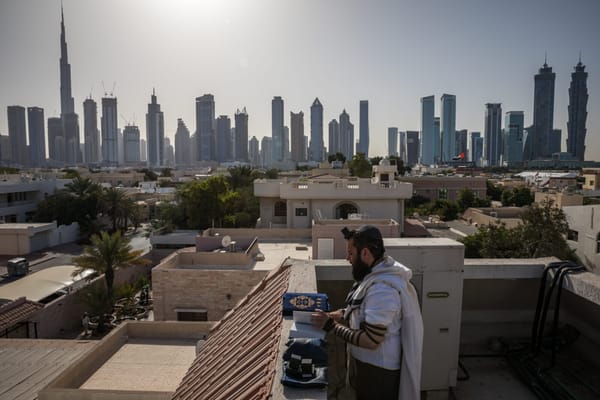Owen, Migrant Workers in the Gulf
Roger Owen, Migrant Workers in the Gulf (London: Minority Rights Group, Report No. 68, 1985). Today, as oil prices plunge, the six million foreign workers in the Gulf are feeling the crunch. Roger Owen's new survey of Gulf migrant workers is especially welcome, for the future of Gulf societies i









